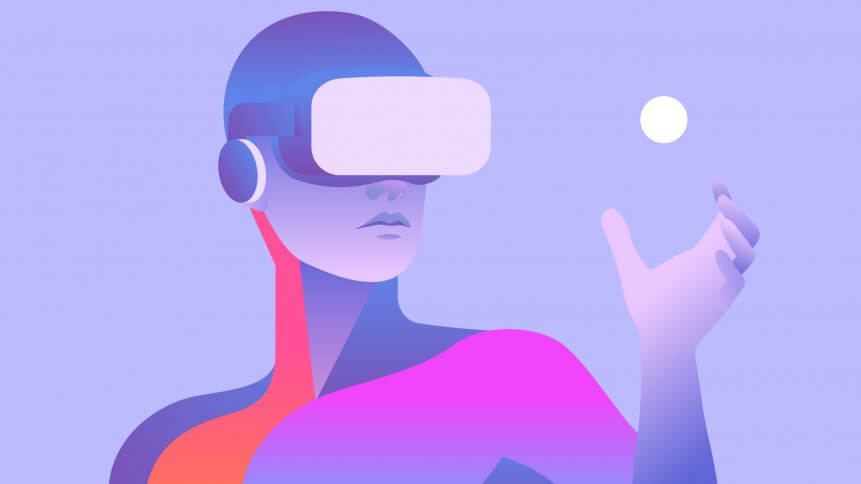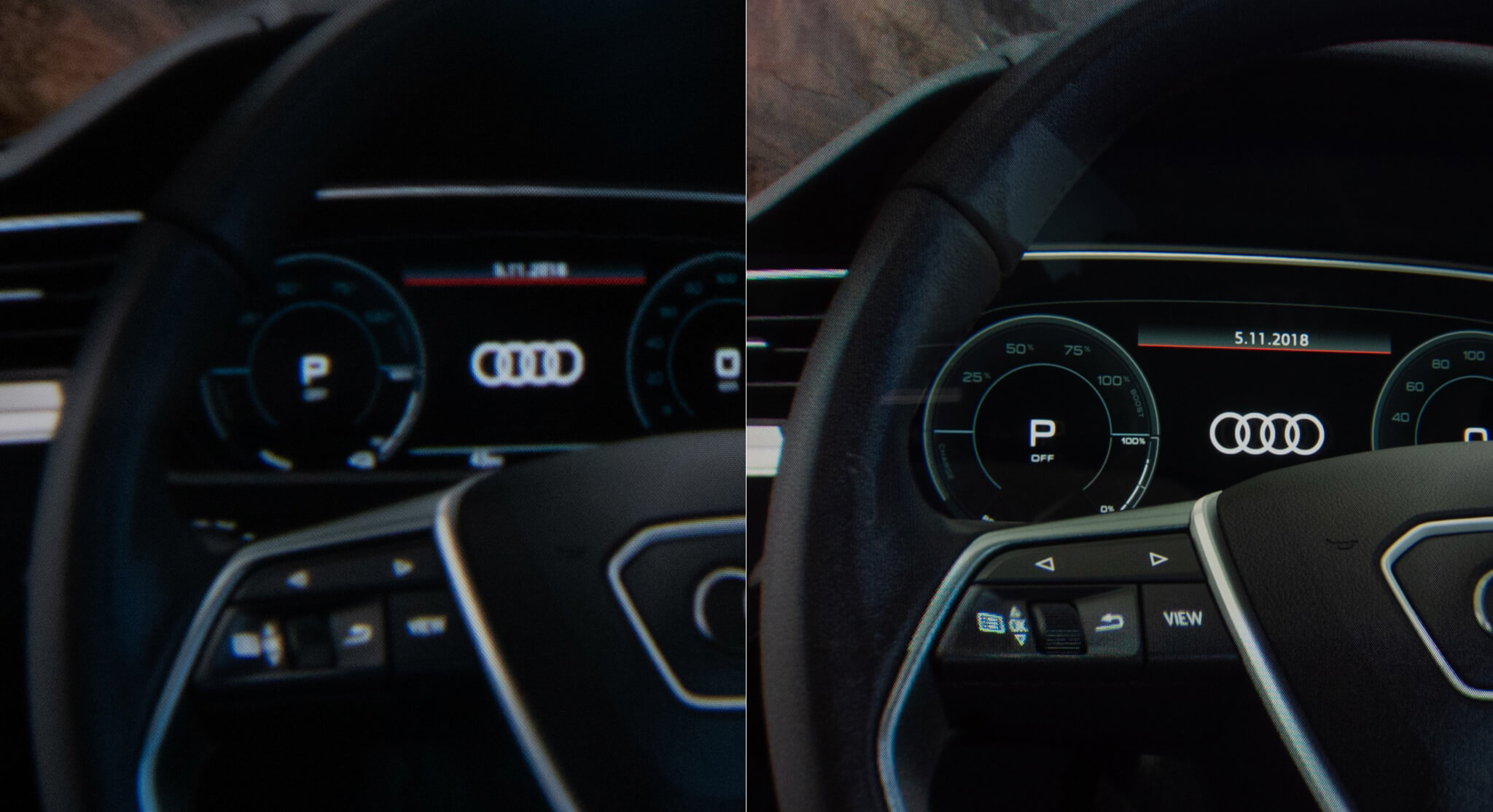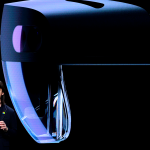How virtual reality is changing the way we work

Both virtual reality (VR) and augmented reality (AR) are beginning to make inroads in the worlds of business, thanks to the ubiquity of smartphones and other new technologies.
However, the barrier to further progress into the world of user experience (UX) is the development of apps that can bring VR and AR to the individual user.
Estimates peg the VR/AR market to reach upwards of US$35 billion by 2025. While about US$19 billion of that may be related to consumer and gaming activities, that leaves a US$16 billion market opportunity focused on enterprise and commercial development for companies to fill.
While companies, such as Sony, Facebook, and HTC, have already made substantial investments in VR/AR, as the technology becomes mainstream and the apps improve, more companies will invest and innovate in these fields. But what are these potential market opportunities that apps can fill?
More engaging ways to train
Both VR and mobile apps are excellent training tools on their own. When put together, the opportunity is created to make the training experience more engaging, immersive and interactive.
For example, for hundreds of years, medical students have trained on cadavers (human bodies) to build their diagnostic skills to help the living. Augmented and virtual reality apps can allow medical and pre-med students to go on their own “fantastic voyage” inside the body. Specific conditions and diseases can be programmed to allow future healthcare professionals the ability to improve their diagnostic skills in real-time. Even astronauts are using VR as a mobile option for training in the operation of the Starliner spacecraft, instead of using heavyweight fixed simulators.
For businesses, VR may take the place of costly human resource-intense training. So, instead of asking a new hire to imagine how they might handle a scenario or read about it in a manual, a business could download an app on a company smartphone and virtually walk the employee through any situation, offering constructive comments along the way, and preparing the new hire for real-world situations.
The better the app performs, the more likely the employee will be better at their job, which means better performance.
Virtual reality also offers manufacturers, designers, architects, engineers, and others the opportunity to collaborate in the designing of new models and prototypes. It is much more cost-efficient and productive to virtually create a model of a new engine, HVAC system, plane, or building. Rather than presenting a client with a 3D model of a new building or Photoshopped images of an internal remodel, VR apps offer the chance for the client to have a more complete sense of what the finished product may look like and offer feedback.
Using mixed reality headsets like Microsoft HoloLens, these apps could also allow engineers to work on equipment remotely, an HVAC company to find solutions to difficult spaces in older buildings, or financial advisors to illustrate the benefits of certain investments to customers.

VR and AR can be used to develop models and prototypes. Source: Shutterstock
Improving the customer experience
Likewise, organizations and their leaders can attempt to engage consumers further while also discovering what their customers want to know and how the company can help them solve their problem – or just find the right item to purchase.
Ubiquitous AR through a mobile app could allow consumers the ability to interact with or “wear” a potential purchase, whether that’s some sort of tool, device, clothing, or whatever the organization is offering. IKEA’s AR app lets customers of the Swedish furniture place items in their home, to judge sizing and style, before they make an online purchase, for example.
Augmented reality cannot, of course, replicate what it’s like to wear a piece of clothing, for example. Still, the potential customer can explore options and interact with experts for ideas and solutions that the customer may not have previously considered. The same opportunity exists for automotive manufacturers and dealers, as they could offer a potential customer a virtual test drive of a model they were considering purchasing.

Varjo’s hyper-realistic VR could let customers explore car interiors before purchasing. Source: Varjo
Additionally, mixed reality apps may also improve the customer communication experience by allowing “face-to-face” interaction between the customer and the company. Thus, no more frustrated consumers trying to describe an issue over the phone or via text. The customers could “show” the company representative the problem, which the company could resolve faster.
YOU MIGHT LIKE

Microsoft wants you to get to work with AR
Better productivity
“Our productivity is fine,” said no company ever. Virtual reality apps can lead to productivity enhancements by providing an immersive workplace, especially if employees are not in a central location.
Among the changes imposed on businesses globally during the COVID-19 pandemic was the need to have most, if not all, employees work remotely from the office. Many companies discovered that video calls did not offer a connection or the flexibility necessary. New VR apps can recreate a shared space or conference room, complete with whiteboards and more. This frees team members to engage with coworkers on projects in a 360-degree environment without being in the same space. Eyeing the potential of this market, HTC Vive recently launched an XR videoconferencing suite which is designed to “remove the physical distance” from remote working.
The recognition that many companies may not return to their previous workspaces, means that companies may not be limited geographically in terms of finding talent. Another way VR apps open up new possibilities is the ability for an HR department to conduct interviews with candidates from any part of the world. Rather than hearing a voice over the phone or on a computer camera, the HR team member can interact with the candidate, offer required employment tests, and more.
While these are some of the options that already-existing VR apps offer, we may look back in only a few years and realize we underestimated their potential in a post-pandemic world. These existing and yet-to-be-developed apps will offer new possibilities and opportunities for businesses to reach clients, empower team members, and increase productivity.
This article was contributed by Vladimir Kuzmenko, vice president of business development for NIX United









